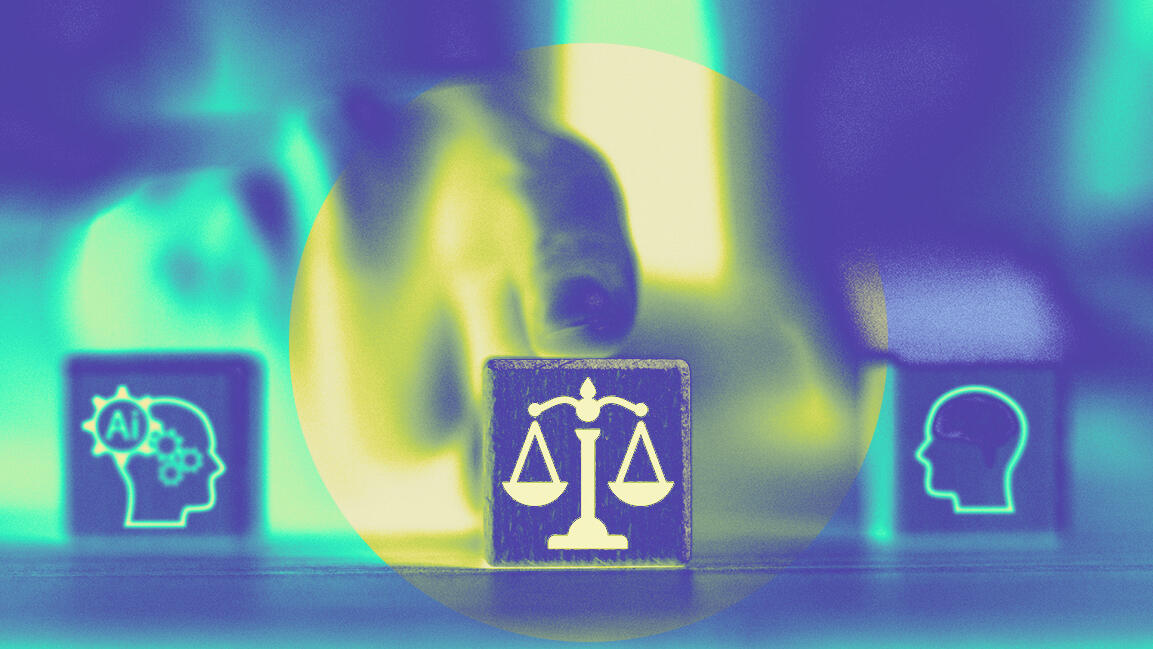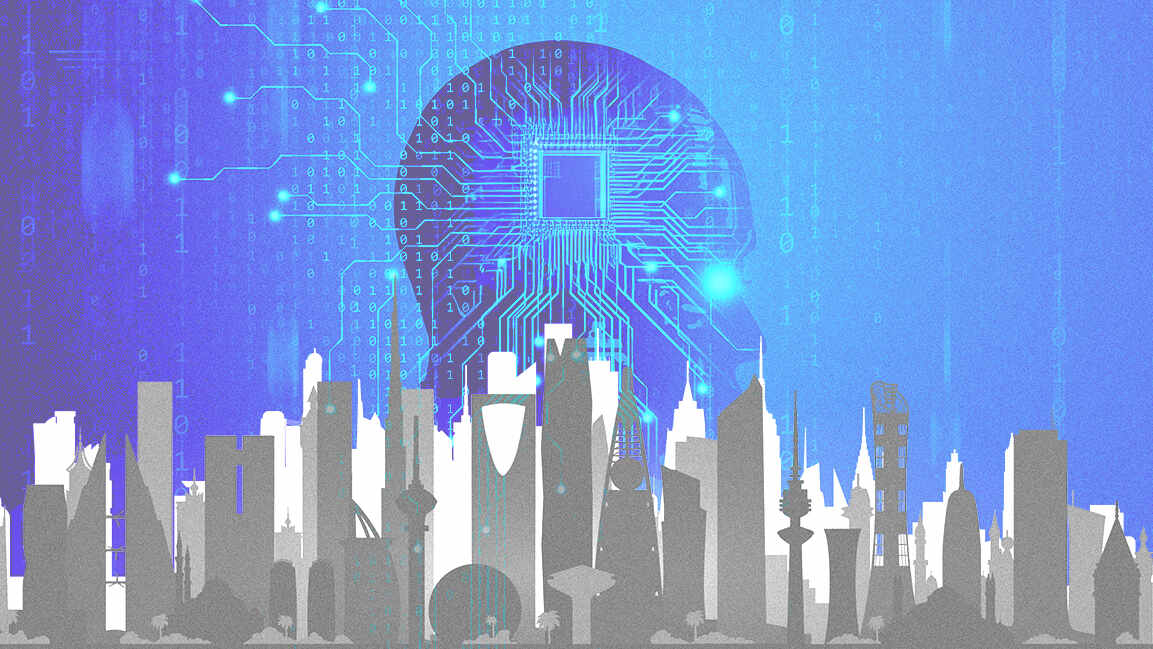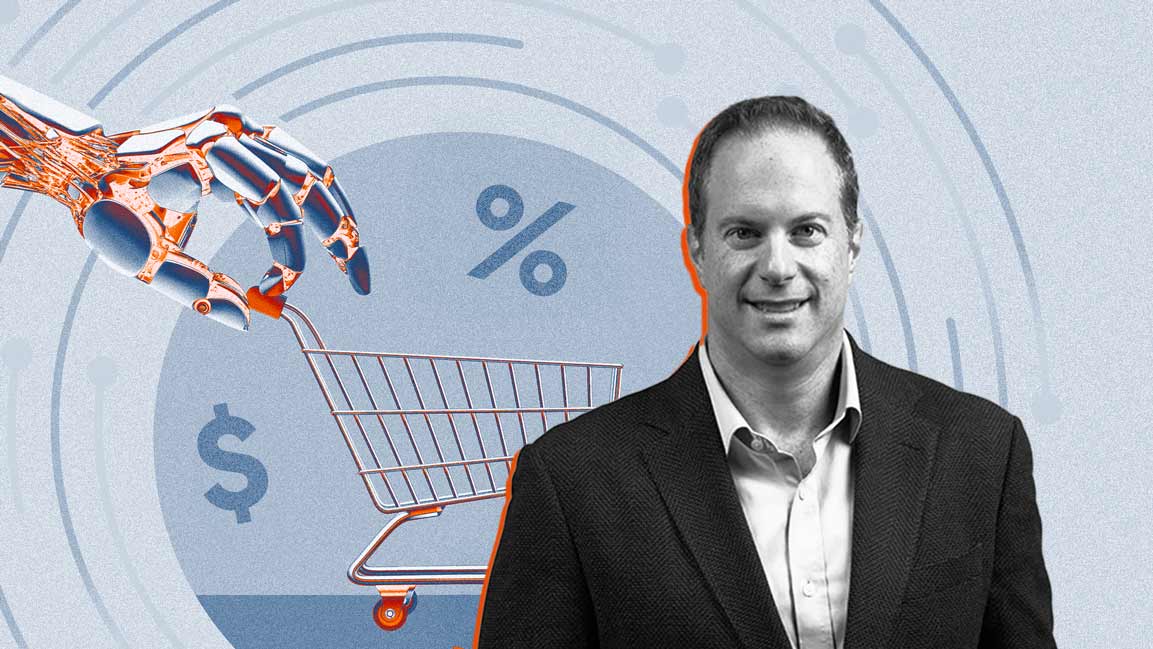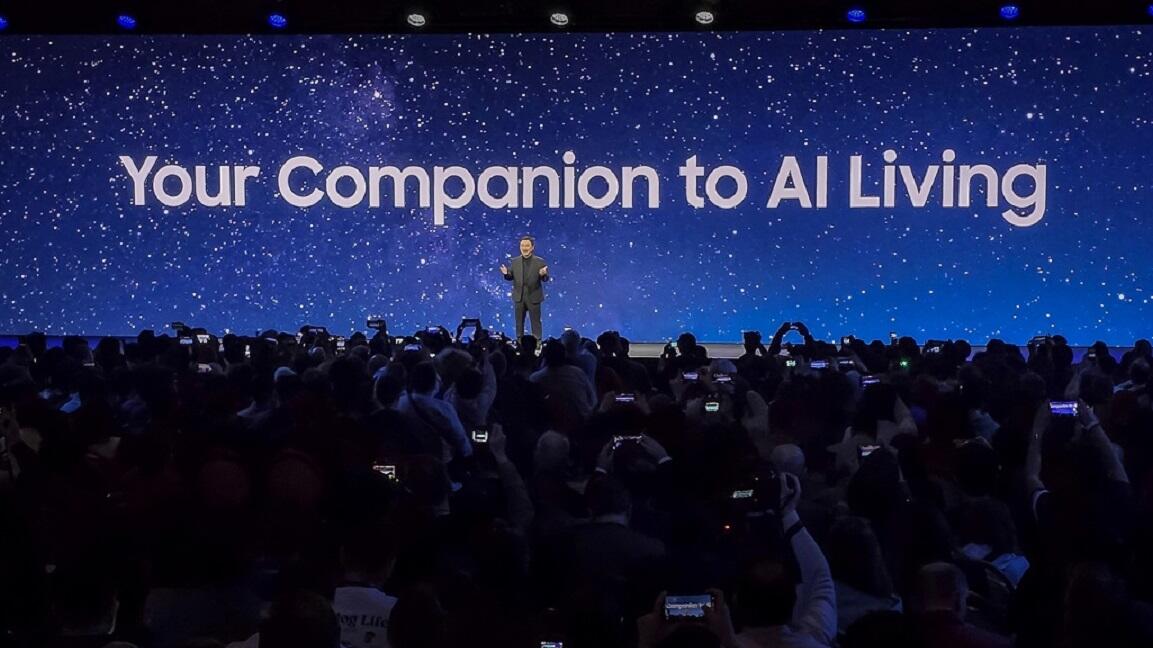- | Binance
With over $2 billion lost to hacks, AI and blockchain analytics are crypto’s new defense
In a world where billions move at the speed of code, AI and blockchain analytics serve as the unseen guardians protecting crypto’s future.
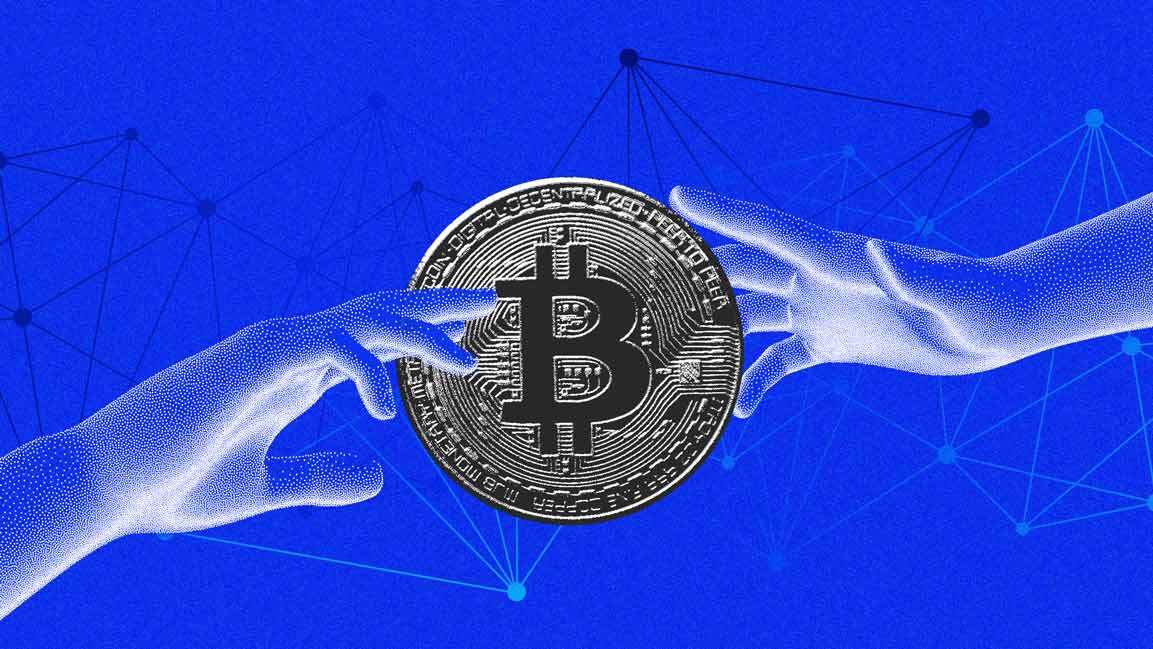
The cryptosphere is built on decentralization, where regulation is still catching up, and security threats evolve faster than the code itself. In this new age of finance, trust isn’t given—it’s engineered. And increasingly, that trust is being shaped by AI and blockchain analytics.
As security threats become more complex and the lines between transparency and anonymity blur, crypto platforms are turning to AI not just as a tool, but as the nervous system of modern financial intelligence. “You need a forward-thinking vision, one that means being at the bleeding edge of new technology while pushing boundaries without compromising principles,” says Nils Andersen-Röed, Global Financial Intelligence Unit at Binance.
This forward-thinking mindset is becoming essential. As of June 2025, only 40 out of 138 countries were found to be largely compliant with global cryptocurrency standards, according to the Financial Action Task Force (FATF). In such an uncertain regulatory landscape, Andersen-Röed emphasizes the need for “engaging with policymakers and regulators to co-create sensible frameworks that protect users without stifling innovation.”
AI AS THE NEW COMPLIANCE BACKBONE
If crypto’s core promise is freedom, then its most significant risk is chaos—and nowhere is that balance more delicate than in compliance and risk management. AI has become a powerful antidote to this fragility. “AI is changing the game for risk and compliance in the industry,” says Andersen-Röed. “No more slow manual processes or rigid rule-based systems. AI can monitor in real time, spot unusual patterns, and understand complex behavior.”
That transformation is already underway. In 2025, over 65% of exchanges are using AI to power predictive analytics and fraud detection, and the use of AI in crypto compliance has grown more than 150% since 2021. In 2023 alone, AI-driven detection systems helped prevent over $1.2 billion in illicit crypto transactions.
Binance, for its part, now deploys AI models that not only flag suspicious behavior but can simulate laundering schemes before they unfold. These systems also actively track phishing domains at the point of registration, partnering with takedown services to eliminate threats before users ever encounter them.
“The key is not just speed but adaptability,” Andersen-Röed explains. “Our machine learning models monitor behavior in real time, flag anomalies, and trigger protective measures automatically. These are live systems that update continuously, learning from each new threat.”
A NEW INTELLIGENCE PARADIGM
The blockchain itself is evolving into an investigative tool—a massive dataset where transparency and pseudonymity coexist. “Financial intelligence in the age of blockchain means being able to tap into the vast pool of data while navigating the problem of pseudonymity,” says Andersen-Röed.
For Binance and many in the industry, this means combining blockchain analytics with AI to follow transactions across chains, connect wallet activity to real identities, and automate Know Your Customer (KYC) and Anti-Money Laundering (AML) tasks—all without compromising user privacy.
This is no small task. In the first half of 2025 alone, crypto hacks and scams have exceeded $2.1 billion, with the majority tied to wallet takeovers and phishing—precisely the kind of attacks AI is built to prevent. The high-profile Bybit hack in February 2025, which resulted in over $1.5 billion in stolen funds, underscored the need for precisely the kind of real-time, self-improving systems Andersen-Röed describes.
SCALING SECURE INNOVATION
Binance, which operates across hundreds of jurisdictions and handles billions of dollars in daily trading volume, faces this challenge on an unparalleled scale. “We ensure our AI models remain sharp in fast-moving markets, reacting to sudden spikes, high-frequency bots and bad actors,” Andersen-Röed explains.
To streamline compliance at scale, Binance developed Strategy Factory, a proprietary AI-powered assistant that automates rule creation and optimization for its analysts. “It empowers our team to build smarter, data-driven rules faster,” he adds.
Andersen-Röed is betting big on what he calls a game-changer for the next generation of crypto security: the convergence of advanced AI and privacy-preserving cryptography. “When you add in cutting-edge cryptography like zero-knowledge proofs, you get the best of both worlds—smarter risk detection and built-in compliance without sacrificing user privacy.”
In 2025, ZKP adoption has surged by more than 60%, and dozens of DeFi protocols are now integrating it to offer regulatory-safe anonymity. Meanwhile, researchers are pushing the boundaries of “agentic AI”—self-evolving models capable of autonomously identifying vulnerabilities and adapting in real time to new attack patterns. “Agentic AI will provide dynamic, self-evolving defense mechanisms that greatly exceed traditional security measures,” Andersen-Röed says.
WHEN SCAMS GET SMARTER
Yet the very tools used to defend can also be turned into weapons. Crypto-related crimes are growing more sophisticated, leveraging the same AI tools for malicious purposes—from voice-cloned phishing scams to deepfake-generated investment pitches.
Crypto scams surged 456% year-over-year, and AI-generated deception was a major driver. North Korean-linked hacking groups alone were responsible for over 60% of stolen assets in 2024. Andersen-Röed emphasizes the constant need to evolve: “We use AI and real-time analytics to monitor blockchain activity, flag suspicious behavior, and trace fund movement.”
While AI does the heavy lifting, Andersen-Röed insists that human oversight remains essential. “AI is only part of the answer,” he says. “Experts are needed to interpret alerts, assess complex risks, and make ethical decisions.”
Binance fields over 64,800 law enforcement requests annually and works with more than 14,800 registered officers across 80 countries. In 2024, the exchange hosted over 100 anti-cybercrime workshops, training more than 1,300 investigators worldwide. “We’ve built direct working relationships with enforcement agencies, and we integrate those into our daily operations,” he explains.
TRUST THROUGH TECHNOLOGY
“Innovation is seemingly never-ending,” Andersen-Röed concludes. But perhaps for the first time in crypto’s short, turbulent history, that innovation is being matched by a security infrastructure capable of keeping up. In the AI-accelerated era of finance, it’s no longer just about moving fast—it’s about building trust that lasts.













